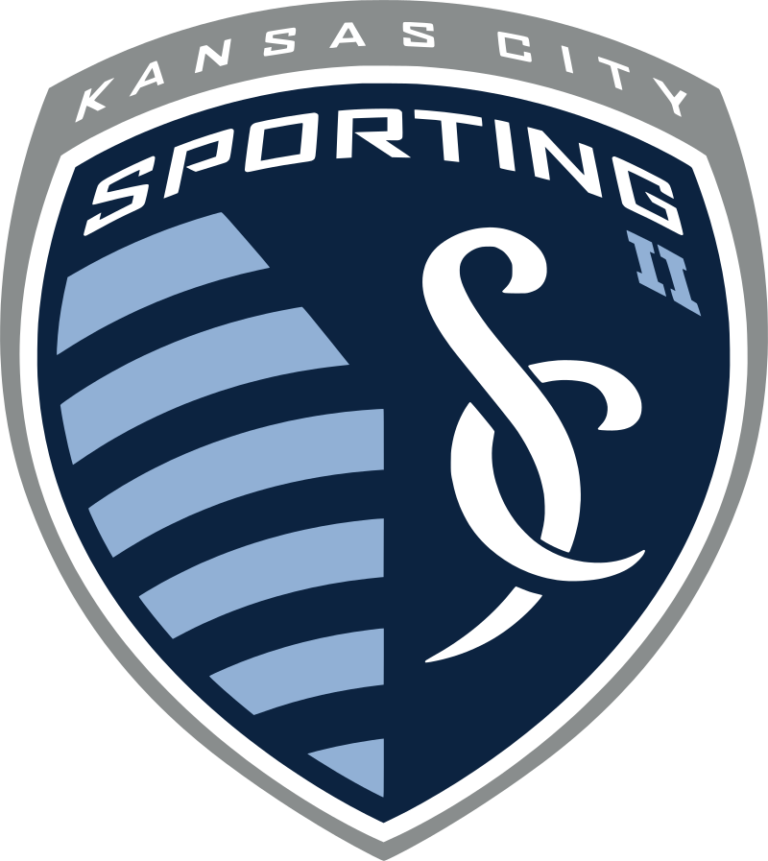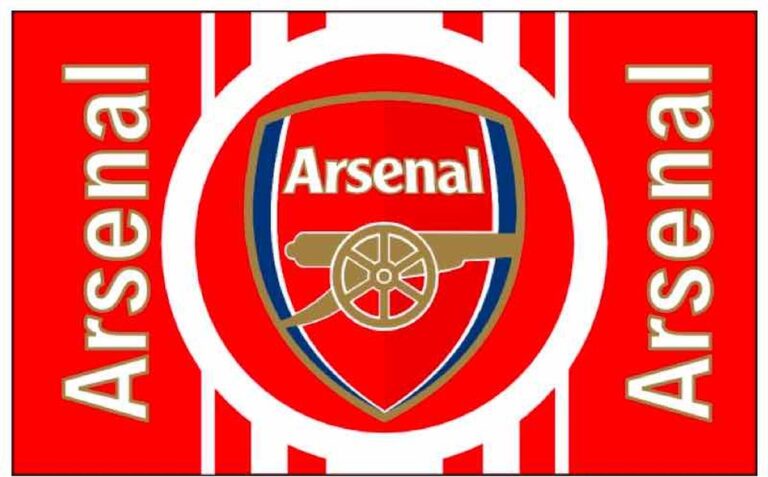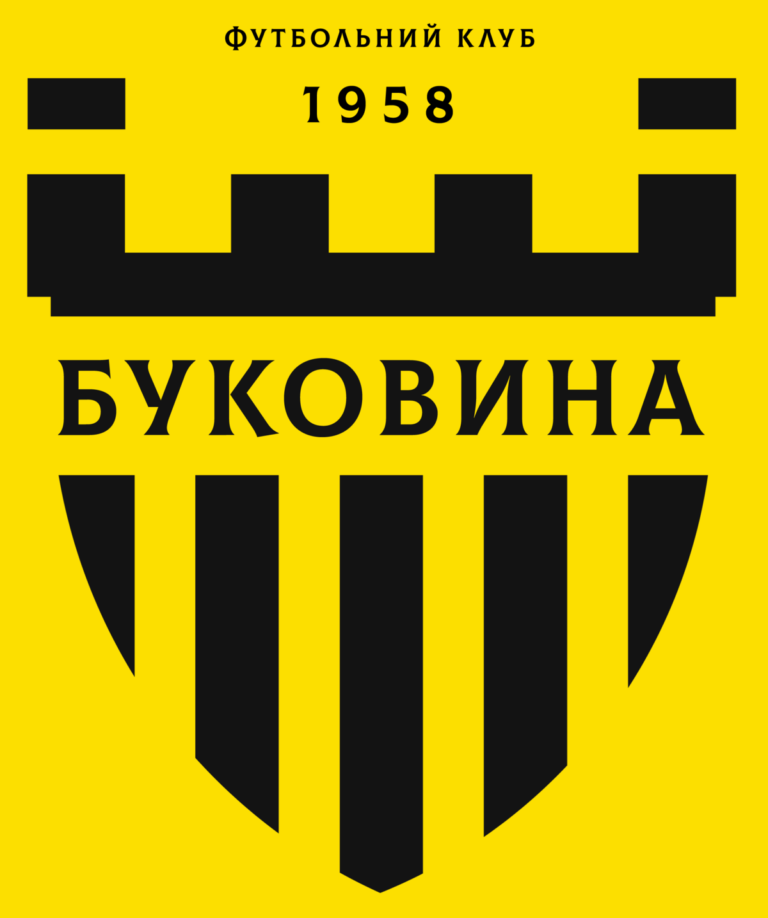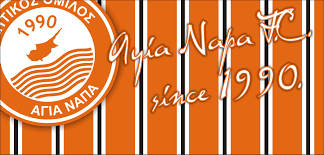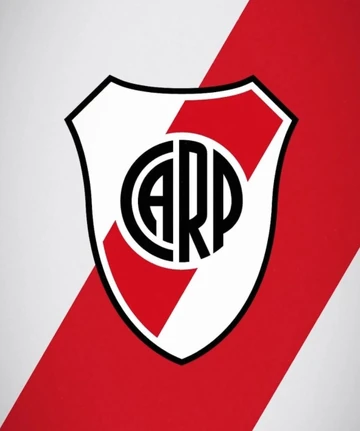
River Plate FC
River Plate FC stands as one of the most iconic and successful football clubs in South America. Renowned for its rich history, passionate fan base, and a legacy of legendary players, River Plate FC has cemented its position not only within Argentina but also on the global stage. This comprehensive article explores the club’s fascinating journey from its inception to its modern-day triumphs, offering insights into its accomplishments, influential figures, and enduring legacy.
The Origins and Early Years of River Plate FC
Understanding the roots of River Plate FC provides valuable context for its subsequent rise to prominence. Founded in the late 19th century, the club’s humble beginnings and initial philosophies laid the groundwork for its future successes trực tiếp bóng đá .
Founding and Early Formation
The story of River Plate FC begins in 1901 in the barrio of La Boca, Buenos Aires. Originally established by a group of young tennis enthusiasts, the club soon shifted focus toward football, driven by the sport’s growing popularity in Argentina during that period. In 1902, the club officially adopted the name “Club Atlético River Plate,” inspired by the British ships that docked along the Río de la Plata, symbolizing strength and resilience.
In its early years, River Plate distinguished itself through disciplined play and strategic development, quickly gaining recognition within local leagues. Despite facing competition from more established clubs like Boca Juniors, River Plate developed a distinct identity rooted in elegance and technical mastery, setting itself apart within Argentine football circles.
The Club’s Growth and Establishment in Argentine Football
As the early 20th century progressed, River Plate FC expanded its infrastructure, building its first stadium and nurturing a talented youth academy. These investments paid off when the club joined the Primera División, Argentina’s top league, in 1914. Even at this nascent stage, River Plate began cultivating a reputation for competitive excellence, emphasizing skillful ball control and tactical intelligence—a philosophy that remains central to the club’s identity.
Throughout these formative years, River Plate engaged in fierce rivalries with other local clubs, most notably Boca Juniors, fueling a passionate football culture that would define generations. The club’s early success was characterized by a focus on technical finesse, which contrasted with the more physical styles of its rivals, thus establishing a distinctive playing style called “La Maquina” (The Machine) in later decades.
Influence of Political and Social Changes
The club’s early history was intertwined with Argentina’s broader social and political shifts. During periods of national upheaval, River Plate’s identity as a symbol of middle-class aspiration and cultural pride reinforced its community ties. The club became a beacon of stability and hope amid turbulent times, fostering a sense of unity among its supporters.
The club’s commitment to inclusivity and social progressiveness also grew during this era, reflecting its broader societal values. Throughout its early decades, River Plate FC remained resolute in its pursuit of excellence, laying the foundation for its future dominance.
